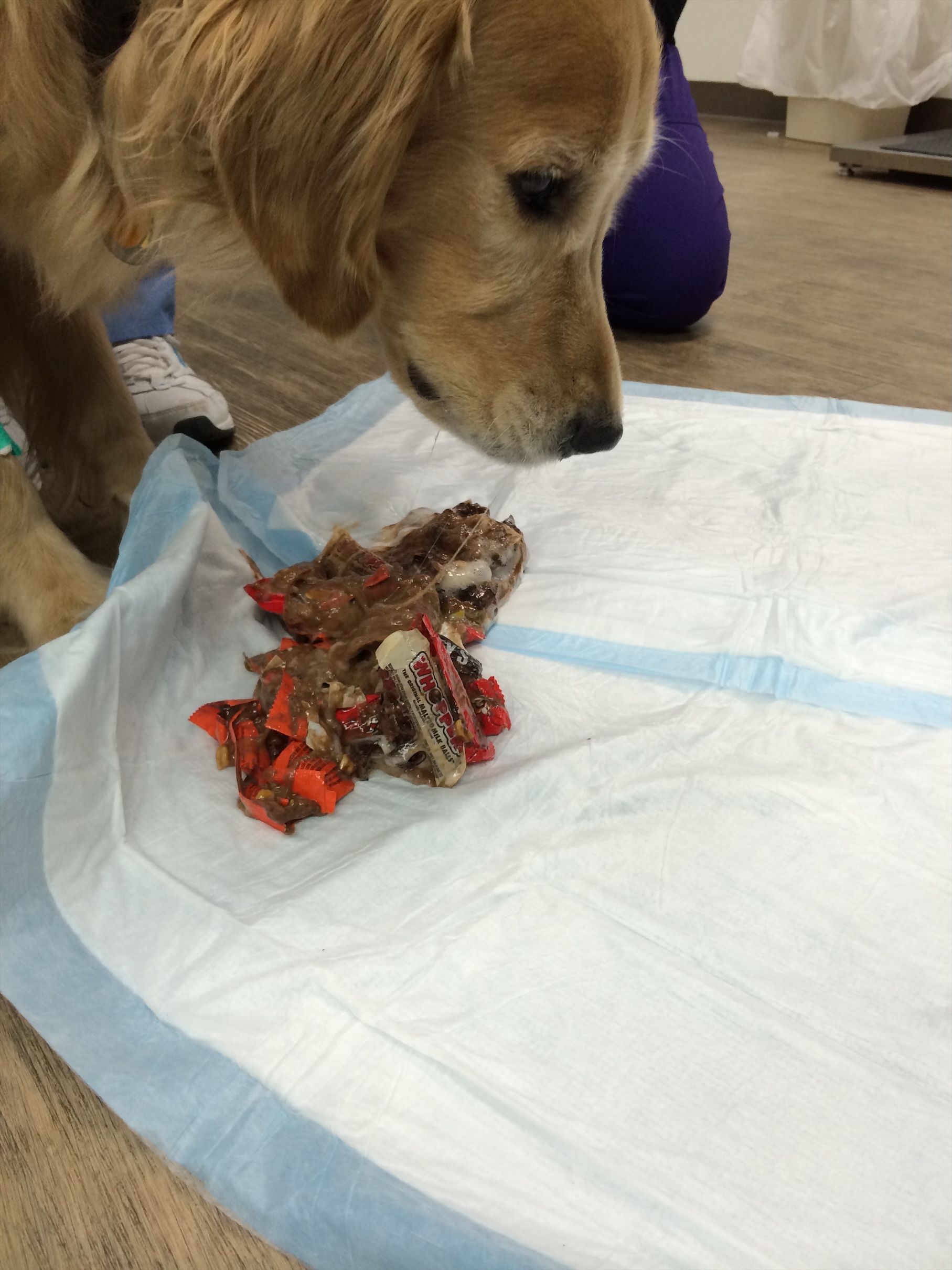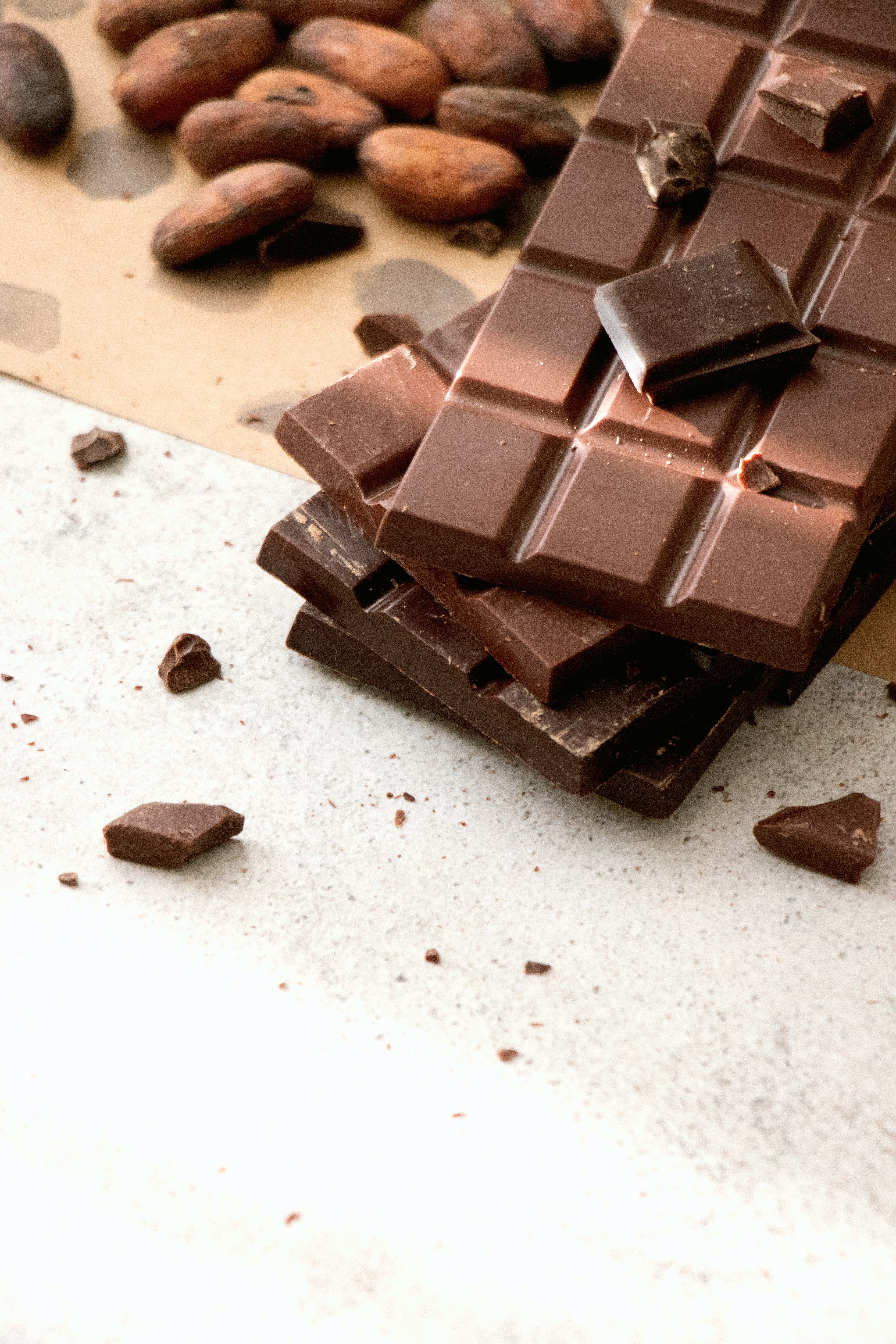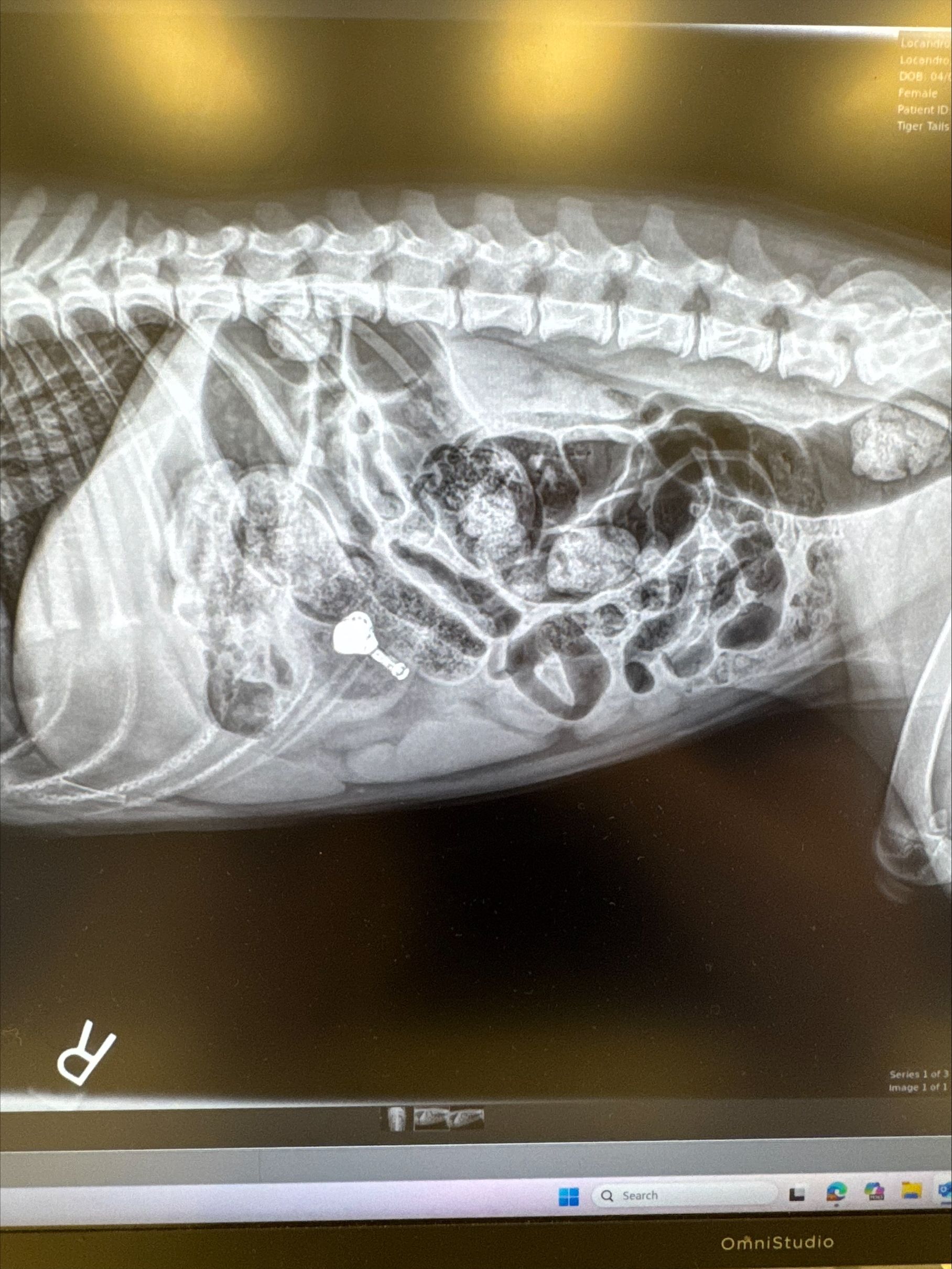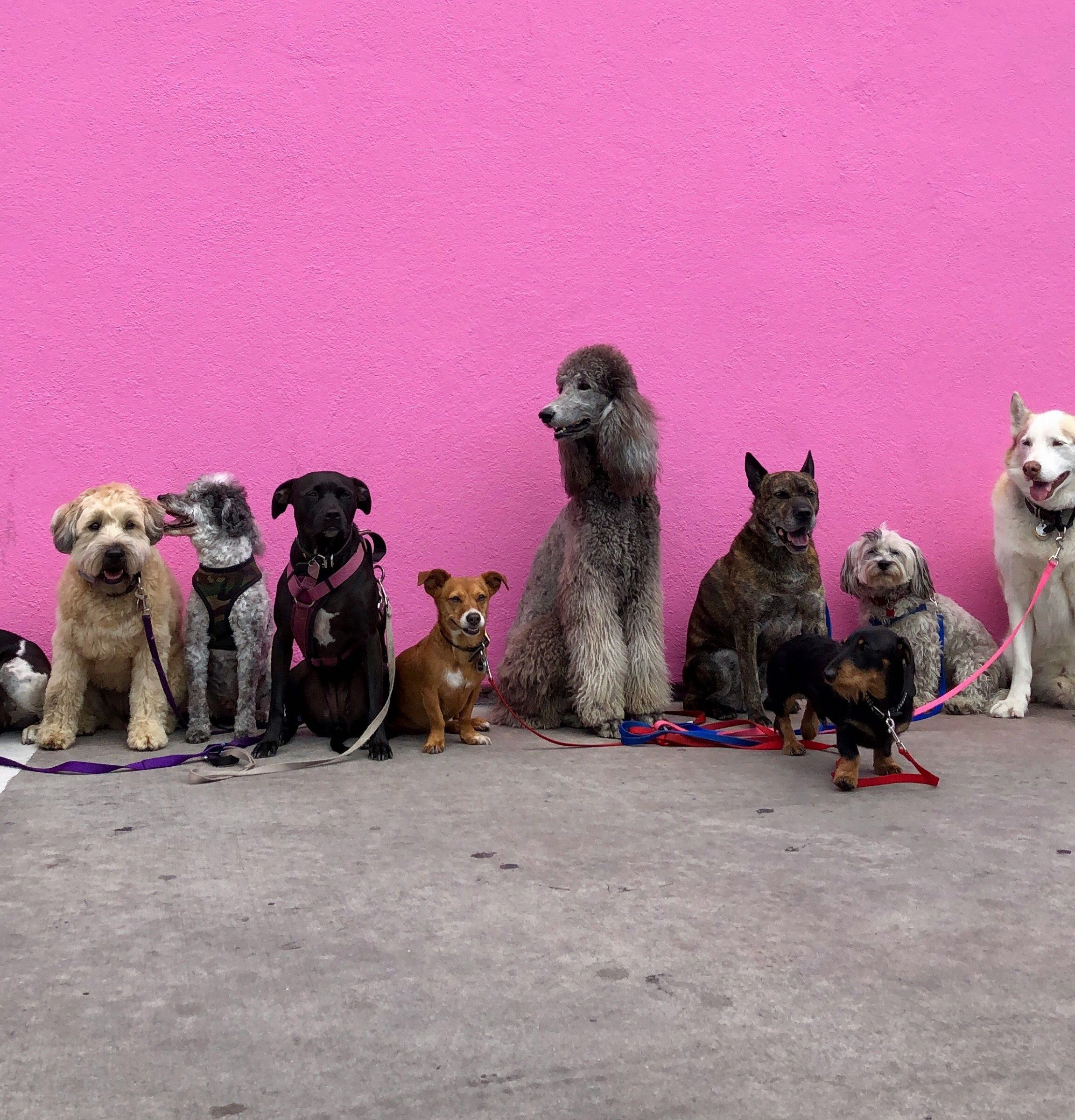While a typical ghost story begins with “It was a dark and stormy night,” veterinary horror stories usually start with, “My dog ate…” Around holidays, especially ones that involve candy and sweets, veterinary clinics see a spike in cases that send chills down every pet owner’s spine. This case report recounts the real-life story of a mischievous Golden Retriever, a bowl of Halloween candy, and a brush with chocolate toxicity.
The Case of the Mischievous Golden Retriever
It was Halloween night, and Ruby Veterinary Urgent Care was in full swing. Exam rooms were packed, the phones were ringing, and the staff were hustling (and no, they weren’t in costume). Suddenly, the doorbell chimed.
In walked Buddy, a lovable 7-year-old neutered male Labrador Retriever with a wagging tail and a look of guilty delight. His owners had just discovered that Buddy had helped himself to the Halloween candy. The treats were gone, and Buddy looked suspiciously satisfied, like a kid caught red-handed.
They rushed him to the hospital, unsure of what he had eaten and how much. Our team acted quickly to assess the situation.

Why Is Chocolate Dangerous for Dogs?
Chocolate contains two compounds – theobromine and caffeine – that are toxic to dogs. These stimulants come from cacao seeds, the source of chocolate. While humans metabolize these substances quickly, dogs process them much more slowly, allowing toxic levels to build up in the body.
The amount of theobromine varies depending on the type of chocolate. The darker the chocolate, the more dangerous it is. Here's a breakdown of common types of chocolate and their relative toxicity:
- Unsweetened Baker’s Chocolate: 50–60% cocoa, highest theobromine content
- Dark or Semisweet Chocolate: ~35% cocoa
- Milk Chocolate: ~10% cocoa
White Chocolate: Contains virtually no theobromine but is very high in fat
The Chocolate Production Process and Why It Matters
Understanding how chocolate is made helps explain why certain types are more toxic than others. Chocolate comes from cacao pods. The seeds inside are fermented, dried, roasted, and ground into a liquid called chocolate liquor. This liquid contains concentrated theobromine and caffeine.
The more chocolate liquor in the final product, the more dangerous it is for pets.
How Much Is Too Much?
The toxic dose of theobromine for dogs is:
- Mild signs: 9 mg per pound of body weight
- Severe signs: 18 mg per pound of body weight
Here’s a reference for theobromine content by chocolate :
- Unsweetened Baker’s : 390 mg/oz theobromine
- Semisweet/Dark Chocolate : 150 mg/oz theobromine
- Milk Chocolate : 44 mg/oz theobromine
- White Chocolate : Negligible theobromine content
Size also matters. A small dog eating the same amount as a larger dog will experience more severe symptoms.
Symptoms of Chocolate Toxicity in Dogs
Symptoms may develop within hours of ingestion and include:
- Vomiting
- Diarrhea
- Hyperactivity or restlessness
- Rapid breathing
- Muscle tremors
- Seizures
- Abnormal heart rhythms
- Collapse or death (in severe cases)
Buddy exhibited classic early-stage symptoms: vomiting, diarrhea, hyperactivity, and a rapid heart rate.
How Chocolate Poisoning Is Treated
Treatment depends on the type and amount of chocolate ingested and the size of the dog.
Typical Steps Include:
- Inducing Vomiting: To remove as much chocolate as possible from the stomach.
- Activated Charcoal: Administered to bind remaining toxins and prevent absorption in the gastrointestinal tract.
- Symptomatic Support: IV fluids, medications to control vomiting or seizures, cardiac monitoring, and sedation if needed.
In Buddy’s case, we induced vomiting and gave activated charcoal to absorb any lingering theobromine. He was monitored closely and kept calm with medications to reduce stress and metabolic demand. Fortunately, he made a full recovery and went home wagging.
White Chocolate and Pancreatitis Risk
White chocolate may not contain theobromine, but its high fat content poses another risk: pancreatitis.
Pancreatitis is inflammation of the pancreas, the organ responsible for producing digestive enzymes. High-fat foods can trigger this painful and potentially serious condition. Symptoms include:
- Vomiting
- Diarrhea
- Lethargy
- Loss of appetite
- Abdominal pain
Even if your dog eats only white chocolate, a vet visit may be warranted if they develop gastrointestinal symptoms.
How to Keep Your Pet Safe During the Holidays
- Store all candy, chocolate, and baked goods well out of reach
- Use pet-proof containers or cabinets
- Don’t let pets roam unattended during parties or trick-or-treating
- Educate guests and children not to feed pets human treats
- Keep the ASPCA Poison Control or your local emergency vet contact info handy
Final Thoughts
Halloween is a time for fun, costumes, and sweet treats, but those same goodies can be dangerous, or even deadly, for pets. Chocolate poisoning is one of the most common holiday-related emergencies, and prevention is key. With Thanksgiving, Christmas, and the holiday season approaching, it’s important to be hypervigilant about chocolate toxicity.
While Buddy’s story had a happy ending, not every dog is as lucky. When in doubt, always call your veterinarian or an urgent care center like Ruby Veterinary Urgent Care. Fast action can save lives.





